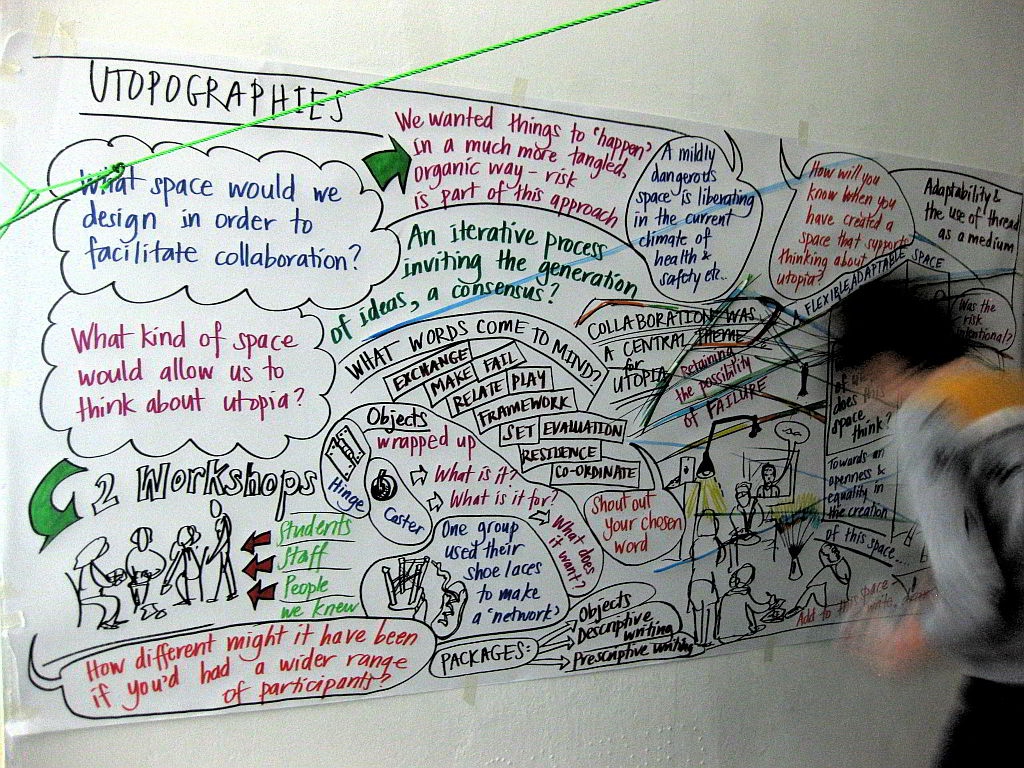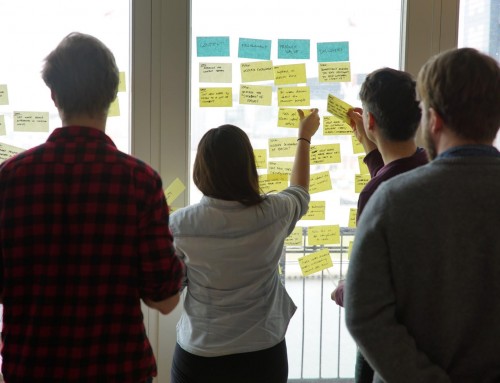You Consent, I Dissent — The Five Levels of Agreement
Agreement and Democratic Voting
Consensus-based decision-making is a creative and dynamic way of reaching an agreement between all members of a group. The group is committed finding solutions that everyone actively supports, or at least, can live with. This contrasts to the simple voting for an item and having the majority of the group getting their way.
What are the main differences between decisioning by consensus versus by democratic voting?
- A democratic voting process separates the voters into two parties: the majority and the minority. Democratic voting creates a situation in which there are "winners" and "losers".
If most of a group support the proposal then it will be voted in, and the concerns of the others who opposed it are ignored. - A consensus-based decision-making instead, is a cooperative process without "winners" or "losers".
The voters create the final decision by discussing and arguing equally as many alternatives as possible until the commonly committed consent with the highest agreement as possible is reached.
Every voter develops and agrees equally to support the decision found in the best interest of the whole.
Democratic Voting

Traditional "democratic" voting might force conflict and distrust because the "losers" feel disempowered by the decision-making process. And the most dangerous part in it:
- The majority sees their will as the will of the whole group.
- The majority expects that the minority accepts and carries out the decision, even if it is against their deeply held convictions and most basic needs.
- Both leads to the erroneous assumption, everyone would support the solution found because it was found "democratically".
Consensus-Based Decision-Making

In a consensus-based decision-making process, everyone knows
- ... there is a defined scale of agreement to the resolution found commonly within in the group.
- ... not all group members support with equal emphasis the common resolution found. Individual support can be measured with the "agreement scale".
- ... however, for all group members, there is a minimal level of agreement everyone is willing to commit.
Levels of Agreement
When a group is asked to take a decision, the members try to find a common level of agreement by either democratic voting or consensus-based decision-making. In case of consensus-based decisioning seldom all people agree equally to the decision found. Instead, they commit themselves to a level of personal agreement.
| Level 1: | Blocking: “I believe this proposal would be majorly detrimental to our group, because either it goes against our fundamental principles or it would lead to a disastrous outcome.” “I do not agree with the group's proposal. I feel the need to block its adoption and propose an alternative.” |
| Level 2: | Abstain: “I feel we have no clear sense of agreement among the group. We need to talk more before considering a decision.” |
| Level 3: | Stand Aside: “I have major concerns with the proposal, and agree to stand aside and let the group proceed with it.”
The choice to stand aside may be based on (but is not limited to) any of the following:
|
| Level 4: | Consent with Reservations: “I support the basics of this proposal, and have one or more minor unresolved concerns. I think this proposal is the best choice of the options available to us.” |
| Level 5: | Full Agreement: “I am enthusiastic about the group's proposal and am confident it expresses the best wisdom of the group.” |
High-Velocity Decision Making — “Disagree and commit.”
In his famous 2016 letter to shareholders, Jeff Bezos, CEO of Amazon made a remarkable management statement: when there's no consensus but a lot of conviction, “disagree and commit.”
In a world where you have to have to make fast, quality decisions with uncertain assumptions, and having not all-sufficient data at hand, traditional consensus-based decisioning takes too long. So, “disagree and commit.”
«This phrase will save a lot of time. If you have conviction on a particular direction even though there’s no consensus, it’s helpful to say, “Look, I know we disagree on this but will you gamble with me on it? Disagree and commit?” By the time you’re at this point, no one can know the answer for sure, and you’ll probably get a quick yes.»
Jeff Bezos
Note, to disagree is not having the attitude, I'm right, you're wrong - go your way and see what will happen (i.e. that I'm right).
Rather, Bezos writes, "it's a genuine disagreement of opinion, a candid expression of my view, a chance for the team to weigh my view, and a quick, sincere commitment to go their way." [Italics mine.]
It is the way to show that (1) there are completely different opinions in the room, and (2) we respect them all, and (3) that we do not have either no clue who is "right" or "wrong" nor enough time to find it out, and (4) often the situation is such its very difficult till impossible to decide who is "right" or "wrong".
: Evan via flickr.com • Caelie_Frampton, via flickr.com • Neil Cummings, via flickr.com, .







Leave A Comment